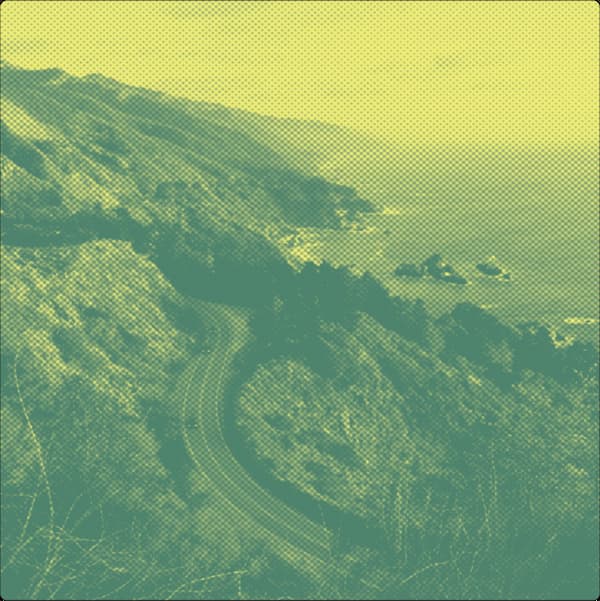By Daniel Corral
California Microtonal ‘Zines
Publications that pushed the outer edges of sound.
In the 1970s, zines dedicated to microtonal music started appearing in California. Publications like Xenharmonikon, Interval, 1/1, and Experimental Musical Instruments influenced microtonality today by connecting musicians and carrying forward knowledge of what earlier microtonalists had accomplished. At the time, music theory journals rarely accepted articles on microtonality, and many microtonalists were operating outside of academia anyway. In order to share ideas with each other, California microtonalists took cues from burgeoning zine cultures and created independent journals dedicated to microtonal music.
The first Californian microtonal zine was Xenharmonikon, founded in San Diego in 1974 by Scripps astrobiologist John Chalmers. The vision for Xenharmonikon was a mix between the scientific journals Chalmers had read as a grad student and the science fiction zines he had been introduced to by his friend, science fiction writer Vonda McIntyre. Reprints of Xenharmonikon are available through Frog Peak Music, and the series relaunched online in 2018.
The next microtonal journal to emerge was Interval, started by Jonathan Glasier in San Diego in 1978. Glasier was one of the first graduates of UCSD’s music school and grew up with microtonal music—Harry Partch was a friend of his parents and uncle, artist Marshall Glasier. The final issue of Interval came out in 1987 and Glasier transitioned his attention to his Sonic Arts Gallery. Back issues of Interval are available directly from Glasier.
1/1: The Quarterly Journal of the Just Intonation Network was started in 1985 by members of Other Music, an ensemble of former music students from the Sausalito-based New College of California. David B. Doty was 1/1’s editor in chief, and the journal relied on his diligence. 1/1 stalled when Doty retired from that position in 2006. Reprints of 1/1 are also available through Frog Peak Music.
While Bart Hopkins’ Experimental Musical Instruments (EMI) is not focused strictly on microtonality, it was an invaluable resource for microtonalists. In it, Marin-based Hopkins gave practical advice on building instruments; highlighted the work of instrument builders; and wrote about related media and events. EMI ran from 1985 to 1999, and PDFs can be found on archive.org.
This microtonal movement garnered enough attention in the 1980s to inspire articles in Omni and Connoisseur magazines, as well as an increase in scholarly articles about microtonality. Microtonal zines dwindled as the web proliferated in the 1990s, and contributors turned to online discussion groups like the Mills College Tuning List. These print journals paved the way for current online communities by creating unique communal spaces where many now-prominent microtonalists learned about and from one another.
In particular, Johnny Reinhard’s Microtonal University (MU) extends the collegial spirit of earlier print publications through weekly Zoom-based presentations, performances, and lectures. Reinhard also published Pitch between 1986 and 1990, and it is important to mention here though it wasn’t based in California. Pitch was a 4-part series of publications produced by the New York-based American Festival of Microtonal Music, an organization founded by Reinhard. Many east coast and european microtonalists knew Pitch, but were unaware of the Californian publications at the time. As technology continues to make microtonality more accessible, all of these microtonal zines will prove to be essential bridges between 20th century speculative theorists and 21st century musicians.
—--
Daniel Corral is a composer/performer born and raised in Eagle River, Alaska but now based in Los Angeles. In addition to his creative practice, Corral is Operations Director of the PARTCH Ensemble, on the board of MicroFest LA, and currently researching the history of microtonality in Southern California as part of his doctoral studies at UCSD.


